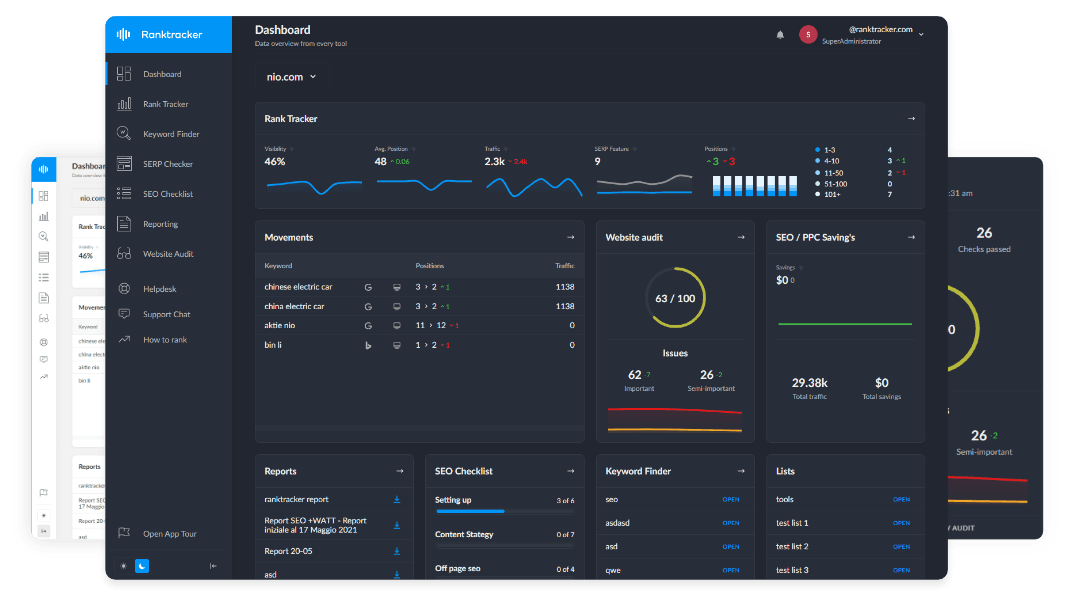Intro
What Every SEO, Publisher, and Brand Needs to Know in 2025
Google’s AI Overview promises faster, richer answers for users—but its rollout hasn’t been without turbulence. While it unlocks new opportunities for visibility and authority, it also introduces a wave of risks, practical challenges, and heated industry debates. If you want to keep your brand, business, or client safe (and successful), you need to understand both the upside and the real hazards that come with AI-powered search.
1. The Risk of Misinformation and “AI Hallucinations”
Google’s AI Overview generates answers on the fly, synthesizing content from many sources. However, even advanced AI can misinterpret, oversimplify, or invent (“hallucinate”) details. Some real-world examples:
-
AI summaries citing outdated or incorrect data.
-
Overviews that blend facts in ways that mislead users.
-
Errors in sensitive topics like health, law, or finance.
What this means for SEOs: Even top-ranked, trustworthy content can be misrepresented. Brands must monitor not just rankings, but how their information is summarized by Google’s AI.
2. Copyright and Fair Use Controversies
A major source of tension:
-
Google’s AI Overview often paraphrases, summarizes, or even copies snippets of publisher content to build its answers.
-
Many publishers argue this use goes beyond “fair use”—raising legal and ethical questions about content ownership.
Industry response:
-
News organizations, publishers, and some governments have challenged Google, seeking compensation for AI-driven summaries built from their work.
-
Lawsuits and policy debates are ongoing, especially in the US, EU, and Australia.
SEO tip: If your content is frequently cited, ensure your branding and value propositions are visible in every summary or mention. Consider technical solutions to monitor and report improper use.
3. The Publisher Traffic Dilemma
AI Overview often answers a query so thoroughly that users don’t click through—leading to a rise in “zero-click searches.”
-
Some publishers have reported significant drops in organic traffic for informational, how-to, and review queries.
-
Monetization is at risk as fewer users see ads or premium offers on publisher sites.
What to do:
-
Focus on building audiences outside of Google (email, social, community).
-
Offer tools, downloads, or interactive features that require a visit.
-
Double down on topics where your brand is the only true authority.
4. Bias and Selectivity in AI Summaries
AI Overview’s choices reflect Google’s definition of “trusted” sources, which may:
-
Over-prioritize major publishers, government sites, or specific viewpoints.
-
Underserve independent voices, new experts, or minority perspectives.
How to stay competitive:
-
Invest in E-E-A-T and topical authority.
-
Highlight unique expertise, original research, and diverse viewpoints in your content.
-
Regularly check which sites are being cited in your vertical—and why.
5. Real-Time Content Vulnerabilities
AI Overview is dynamic—meaning:
-
Updates, errors, or vandalism on cited pages can be rapidly reflected in AI-generated answers.
-
Reputation damage can spread quickly if misinformation is cited or content is taken out of context.
Protect your brand:
-
Set up alerts for major changes to your most-cited content.
-
Quickly update, correct, or clarify information that’s been misrepresented.
6. Transparency and User Trust Issues
Some users struggle to distinguish between AI-generated summaries and “official” information. If the AI Overview is wrong, who’s responsible—Google or the publisher?
- Google is introducing clearer citations and more transparency, but user confusion persists.
-
Use clear language, calls to action, and trust signals in your content.
-
Encourage users to visit your site for full context, deeper insights, or the latest updates.
7. Constant Evolution: Keeping Up with AI Changes
Google’s AI Overview is still new and evolving rapidly:
-
Ranking factors, citation methods, and summary formats may change month-to-month.
-
SEOs and brands must stay agile, monitor impact, and quickly adapt strategies.
The Bottom Line
Google’s AI Overview is reshaping SEO, user behavior, and the entire content ecosystem. It offers new ways to build authority and reach—but it also introduces significant risks around misinformation, traffic loss, copyright, and transparency.
Staying ahead means:
-
Proactively monitoring your citations and summaries,
-
Strengthening your E-E-A-T signals and topical authority,
-
Building diversified audiences,
-
Advocating for fair use and responsible AI in the industry.

